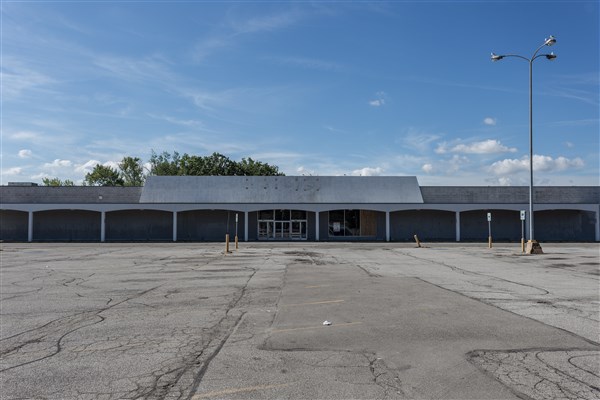The Future of Shopping Malls
For people of a certain age, shopping malls are places where lasting memories were made. The mall is where you took a first date, hung out with friends, worked after school during the summer and shopped for Christmas gifts with your parents.
That was then. This is 2022.
In 2020, Coresight Research, a research and advisory firm specializing in retail and technology, published a report estimating that 25 percent of America’s roughly 1,000 malls would close over the next three to five years. In August 2022, the firm reported that mall occupancy in the U.S. dropped five percent (89.6 to 84.5 percent) during the first quarter of 2022.
This past October, Nick Egelanian, president of retail consulting firm SiteWorks, told The Wall Street Journal that in ten years a mere 150 malls will remain open in America. That’s a precipitous drop both from the approximately 2,500 locations during the mall-manic 1980s and the current number, which, according to Egelanian, stands at around 700.
“This idea of getting in your car and driving all the way across town, parking in a giant parking lot and going into the mall to hang out or shop for the day is a bygone pastime,” says Bernard J. “Chip” Morse, partner at Jennis Morse Etlinger, whose firm specializes in business bankruptcy and commercial litigation. “People would rather sit at home, order things online and have them delivered.”
Malls are not the only retail sector challenged by rapidly-evolving market conditions. Last April, the global financial services and wealth management firm UBS projected the closing of between 40,000 and 50,000 retail stores in the United States over the next five years (albeit down from the firm’s prior projection of 80,000 closures). The revised estimate represents around 4.5 to 5.7 percent of the estimated 880,000 retail stores in this country (excluding gas stations) as of the close of Q3 2021.
While the gloomy forecast for malls and other retail businesses portends busy days and billable hours for bankruptcy firms, Morse notes that he and his partners have yet to see the dark wave crest and hit shore.
“I suspect that some businesses are still surviving on PPP loans from the government and tax refund money,” he believes. “Just how long that cash is going to last and what happens when it runs out, we will soon find out.”
When push eventually comes to shove, Morse offers a few points to ponder for mall retailers that are struggling and/or considering bankruptcy filing. Firstly, most mall businesses, even those small kiosks selling smallwares and personal luxury items on the walkway, are tied in some way to chain retail enterprises.
“That’s a good thing because today’s retailer carries more negotiating power than they did in the past,” Morse notes.
The Bankruptcy Reform Act of 1978 established a new bankruptcy code. Thanks to a very powerful lobby in Washington, DC, the legislation tilted the balance of power more toward the landlord than the tenant in the equation. Market dynamics also gave the landlord a further advantage.
“Remember, not that long ago, tenants were waiting in line to get in the more popular malls,” Morse says. “The landlord could simply move a tenant out and move the next tenant in.”
That’s not the case at the close of 2022. Absent an abundance of tenants eager to fill vacant spaces, mall property management is more inclined to renegotiate a lease or discuss concessions and extensions. No landlord wants to see empty storefronts in their mall.
“If you’re a tenant or retailer and you’re not a big box in one of these malls, you still have a fair amount of leverage, as long as the landlord is willing to negotiate in good faith,” Morse offers. “The same holds true in a bankruptcy case.”
On the other hand, if the landlord is unwilling to renegotiate the lease or discuss concessions, the tenant’s options are limited by law.
“The Bankruptcy Code simply does not allow a lot of flexibility,” Morse adds. “What it does allow you to do is move out of a location and then adjust how much you owe to the landlord.”
In a situation where the mall has declared bankruptcy, the tenant’s options are even more limited.
When a landlord files for Chapter 11 and is in the process of reorganization, the tenant has very few avenues of relief unless the landlord offers something voluntarily. While the landlord is obligated to continue providing services, there is also a process to reject a lease in a bankruptcy proceeding.
“Your remedies against them boil down to filing a claim in the bankruptcy case and get paid pennies on the dollar, just like everybody else,” Morse says.
When a mall property falls into receivership, the retail tenant faces similarly hard choices. Typically, the receiver is not in a hurry to run off tenants in good standing; after all, they want to present the property in the best possible light. At the same time, the law has dealt them all the high cards.
“Essentially, the laws were written by the landlord lobby and handed off to Congress, which signed the legislation,” Morse explains.

